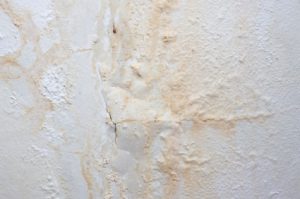Damaged plaster walls?

When to Repair and When to Replace
Lath and plaster walls and ceilings were a commonplace construction technique in the United States until the 1950s, when drywall became available. Although plaster has fallen out of favor as the go-to choice for your average contractor, there are still many homes in America that utilize this material, and for good reason. Compared to drywall, plaster provides better sound dampening, insulation, fire protection, and is a more solid, thicker material. Knowing that you love your classic plaster walls, if you encounter cracks or damage, you may ask how to best deal with the situation: repair or replace?
Handling any major plaster repairs should be handed over to a qualified plaster contractor. This is to ensure that the proper process is adhered to while getting the job done. Some minor repairs can be accomplished by the average homeowner, but anything that makes you nervous and seems intimidating should be handled by a professional.
Smaller cracks can be repaired by applying a layer of fiberglass mesh tape along the crack and then a finishing top coat of plaster, set using a flat trowel. Larger cracks may require the use of plaster buttons and drywall screws, which are drilled into the plaster and lath to help re-secure the entire wall. Anything beyond this point requires removing a section of the plaster material and creating a custom-fitted patch, which is a lot more work. Once you’re done with the job, it’s typically recommended to run a paint roller over the dried area to soften it a bit and help match the texture of the surrounding plaster surface.
If you’re to the point of replacing entire sections of lath and plaster, it is highly recommended to use a qualified plaster contractor to make sure the job gets done right the first time. You do not want to spend hours and break the bank in materials to then call in the contractor to clean up after you. If at all possible, you can attempt saving some time and money by salvaging as much wood lath as you can when removing the sections of plaster.
When it comes to replacing, the general rule of thumb is to avoid replacing if at all possible. If you’re planning to replace with new plaster work, that does come with the added perk of the texture matching across the entire surface; however, replacing also is labor-intensive and costly. On the other hand, replacing the plaster work with drywall is a cheaper option, but you do lose the perks of having plaster walls.
Regardless of which option you choose, consult your budget and a qualified contractor before making any final decisions. We at Irvine Construction have years of experience replacing and repairing lath and plaster walls. Contact us today to discuss your project.